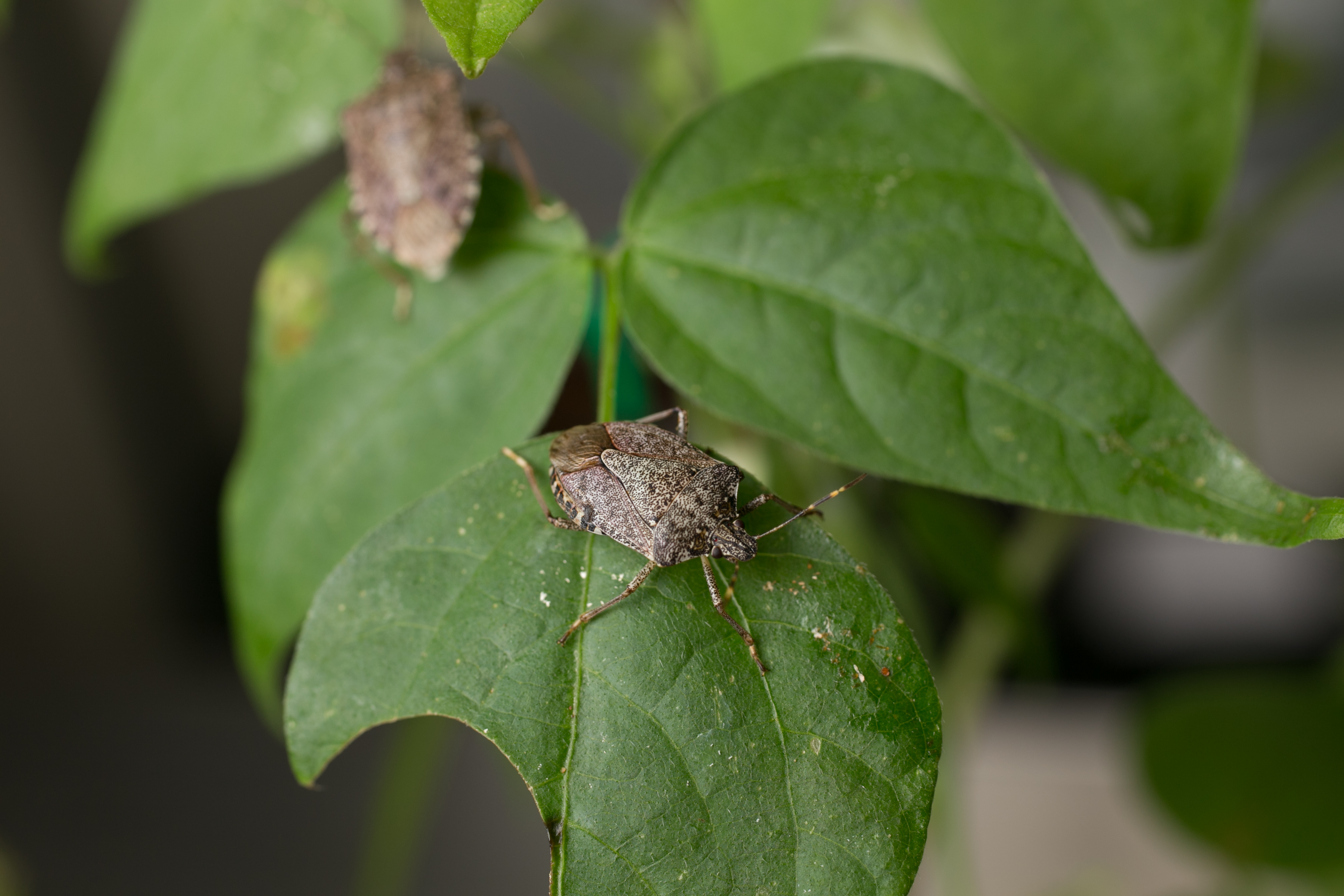How to get rid of stink bugs: 5 tips that really work

The brown marmorated stink bug: It feasts on the bounty of summer as it ripens, from raspberries to peaches to apples.
It eats through husks to reach the succulent nibs of sweet corn and pierces the pods of soybeans, leaving behind shriveled seeds. As fall approaches, it seeks refuge in our homes, unleashing the “ick!” factor when it unexpectedly drops from our ceilings.
Squash one and an odor that some people find unpleasant tells you how it got its name.
Native to China, the six-legged, triangle-shaped bug first appeared in North America in 2001, likely after hitching a ride in boxes or packages. They love to nestle into tight spaces, like corrugated cardboard.
Don't know what a stink bug looks like? Feast your eyes on this:

Celeste Welty, an entomologist at The Ohio State University, is among a team of more than 50 researchers in 15 states who are working on ways to manage the smelly bugs, preferably through natural methods, and contain its disastrous effects on the farming community.
Welty’s current research focuses on the search for a tiny wasp that is a natural predator of stink bug eggs. The wasp has been found in West Virginia and Pennsylvania, but not yet in Ohio.
While stink bugs can devastate crops, they don’t pose a threat to humans — they don’t bite or sting or carry disease. Still, their presence in our homes can be a nuisance. Welty offers these tips for showing these unwelcome guests the door.
Five ways to rid your home of stink bugs
Use silicone or silicone-latex caulk to seal cracks and crevices around doors, windows, chimneys, utility pipes, fascia and other areas. Remove window air conditioners, which are particularly attractive to stink bugs because of the narrow vents. Fix broken screens and windows.
Startle them, with a broom handle, for example, and collect them in a container as they fall. Collected bugs can be put in a plastic bag that is sealed and disposed in the trash.
The bugs are attracted to the reflective surface; the soap breaks the surface tension so they don’t float but instead meet their demise by drowning. While unfriendly to stink bugs, it is a pesticide-free option.